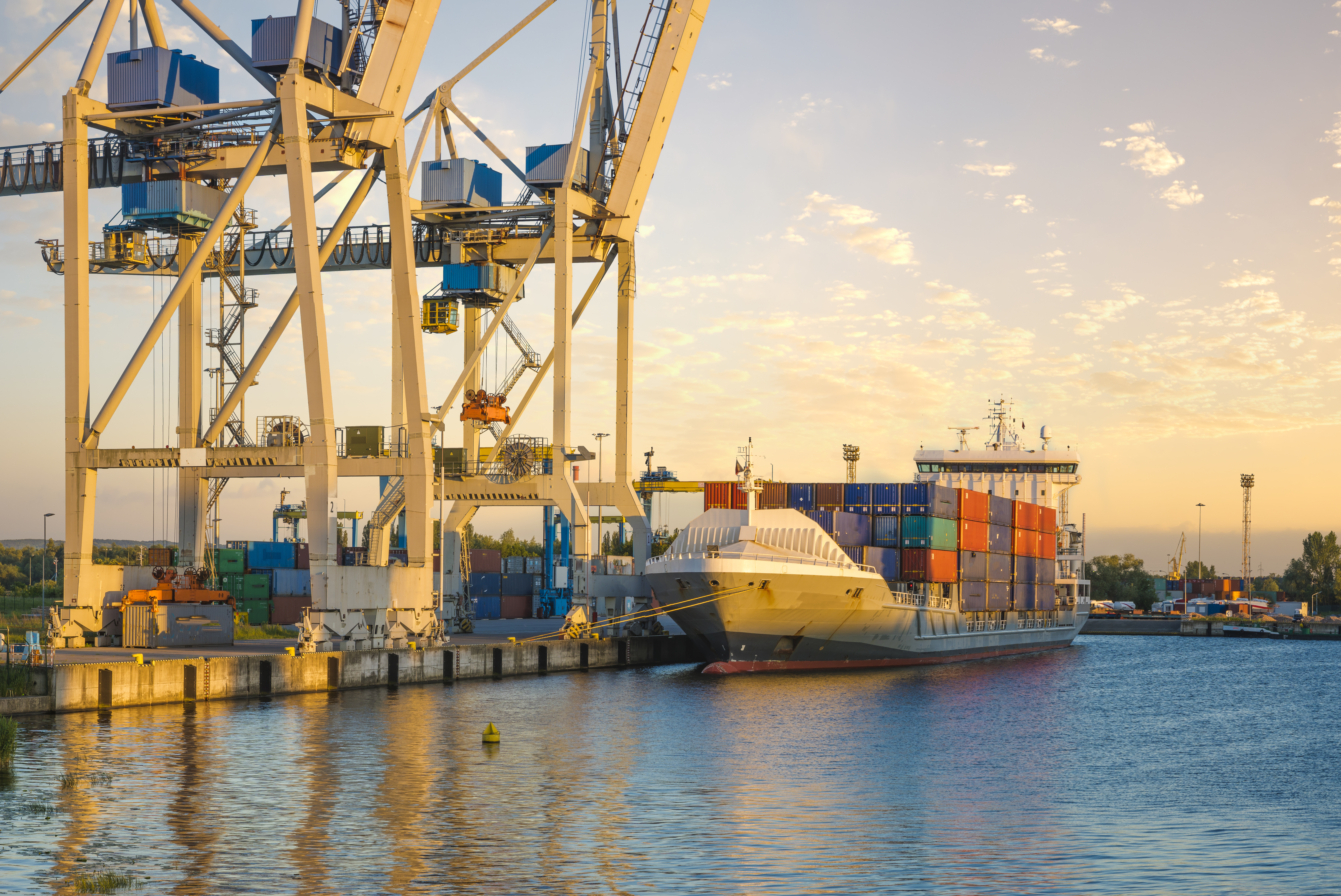The Bush administration ended with economic collapse on nearly every measure. The
greatest fear now is that the combined effect of the $700 billion financial sector bail-out, a near-zero federal funds rate and President Obama’s $820 billion economic stimulus package still might not turn the economy around by 2010. But tough times may also open the door for greater cooperation with new and longstanding economic partners, especially those in our hemisphere.
Trade numbers paint an ominous, evolving economic picture. In November 2008, U.S. exports fell by 5.8 percent and imports declined by 12 percent. Export figures from the strongest European economies—Germany, Italy, Spain, and France—showed an even steeper drop (11 percent) in November.
Japanese exports in December were an astounding 35 percent lower than in the same month in 2007.
For Latin America, the news was not any better. Early indicators pointed to a precipitous economic decline, driven by falling demand in the Organization for Economic Cooperation and Development (OECD) economies and plummeting international commodity prices. Economic pressures worsened with a drop in foreign direct investment and declining remittances from family members working in North America and Europe, who have lost jobs and income.
Optimists pointed to a silver lining in the economic clouds. Venezuelan President Hugo Chávez, now more strapped for cash, may need to quietly retract financial support to like-minded governments in Bolivia, Ecuador and Nicaragua. Declining Venezuelan crude oil prices—
from $126 per barrel in July 2008 to less than $40 by year-end—and falling oil revenues provided an incentive for President Chávez to change course on trade relations with neighboring Colombia. President Chávez had restricted Colombian vehicle imports on a political whim during the heyday of high oil prices, but now the two countries have agreed to facilitate cross-border trade. On January 24,
each country pledged $100 million as part of an effort to promote greater commerce.
And indeed, improved trade cooperation must be an integral part of the solution to the economic crisis. Economists increasingly believe that global payments imbalances underlie the U.S. financial sector meltdown and the deepening global recession.
The primary causes: expanded emerging-economy trade surpluses and a gaping U.S. deficit. During the past decade emerging economies have sacked away ever larger current account surpluses as reserves to hedge against liquidity crises. Meanwhile, the United States has financed its fiscal deficits, dot-com bubbles and consumer loans backed by an inflated housing market, through foreign borrowing.
The United States’ massive borrowing during the past decade, now combined with its need for a new injection of capital to fund deficit spending for the stimulus package, means that over the medium term the U.S. will need to rely on increasing productivity and exports to generate the current account balances it needs to dig itself out of economic crisis.
It is ironic, then, that the United States has basically lost the initiative on trade during the past eight years, starting with a collapsed Free Trade Area of the Americas agreement and ending with the implosion of the Doha Round. In the Americas, U.S. trade policy has been characterized by
lack of vision, unwillingness to compromise, incoherence and inconsistent enforcement of a number of the measures included in the trade pacts. The result: a regional backlash against closer economic and political ties with the United States.
But most Western Hemisphere countries are still opposed to protectionist measures and committed to expanded trade and economic relations with the United States. This is why an economic initiative for the Americas may offer the best opportunity anywhere for a new U.S. trade initiative to gain momentum. For the Obama administration, an Americas initiative would offer a concrete starting point for more broadly articulating its vision for global trade and economic relations.
April would be the right moment to launch such an initiative. At the fifth Summit of the Americas in Trinidad and Tobago, President Obama will have a unique opportunity to sit down with his hemispheric counterparts to calm pressures for increased protectionism and find a new way to work together. At the same time, greater multilateral cooperation would help to move forward other priorities discussed during his presidential campaign—including energy security and reducing the threat of global warming, as well as addressing both the economic and human rights implications of labor migration.
A practical way to implement such a hemispheric economic initiative would be to build on existing U.S. trade accords within the Americas. Other trading blocs and countries should be encouraged to activate their most favored nation clauses and join what would become a de-facto regional trade pact. A phased approach would allow harmonization and convergence among the different trade accords in areas that are critical to more comprehensive economic integration, namely rules of origin, environmental protection, energy security, labor rights, and migration. As Europe has done for decades, broad-based inclusion in dialogue about regional economic integration would begin to build popular support for expanded economic relations in our hemisphere. Taking the initiative now within the Americas would set the tone, and the pace, for how Mr. Obama plans to address trade relations with the rest of the world during the next four years.
Thomas Andrew O’Keefe is President of the Washington, D.C.-based Mercosur Consulting Group, Ltd. and the author of Latin American and Caribbean Trade Agreements: Keys to a Prosperous Community of the Americas.
Evan Scott Thomas is a senior international economist who has published on a wide variety of international economics topics, including trade and investment, economic governance, property rights, private sector development and social policy.








